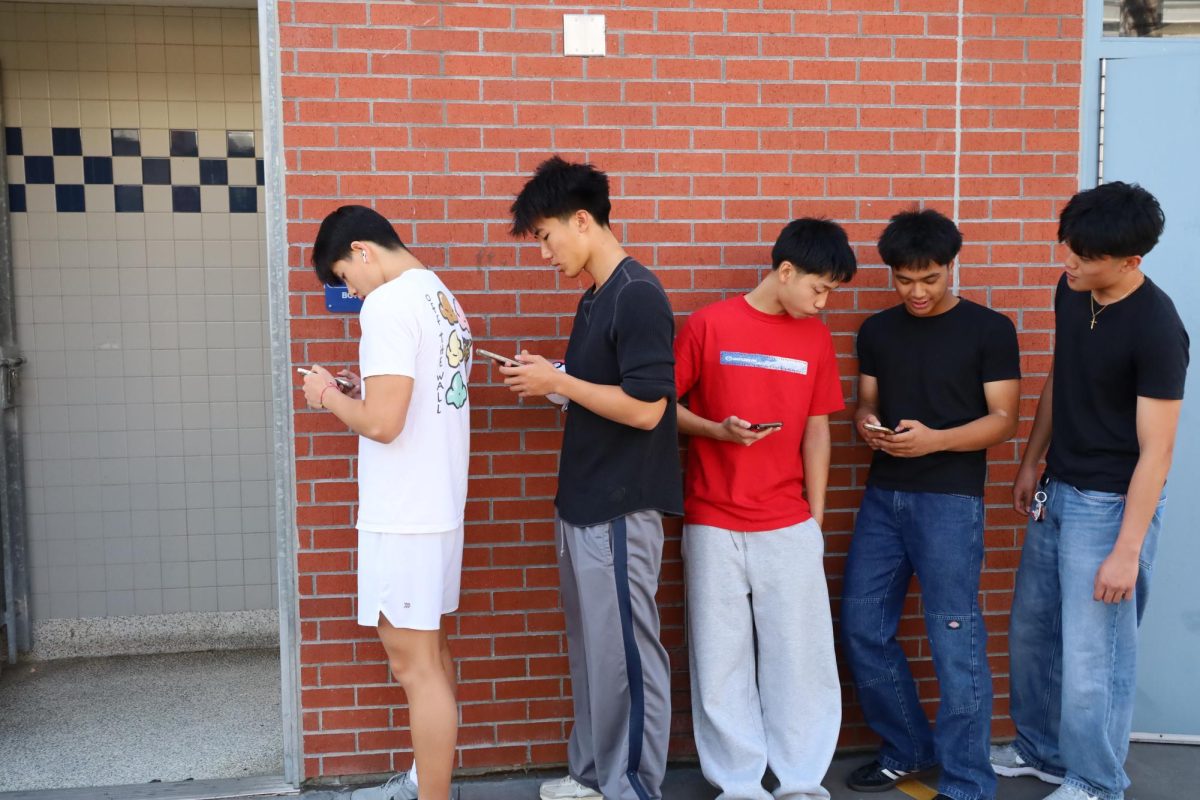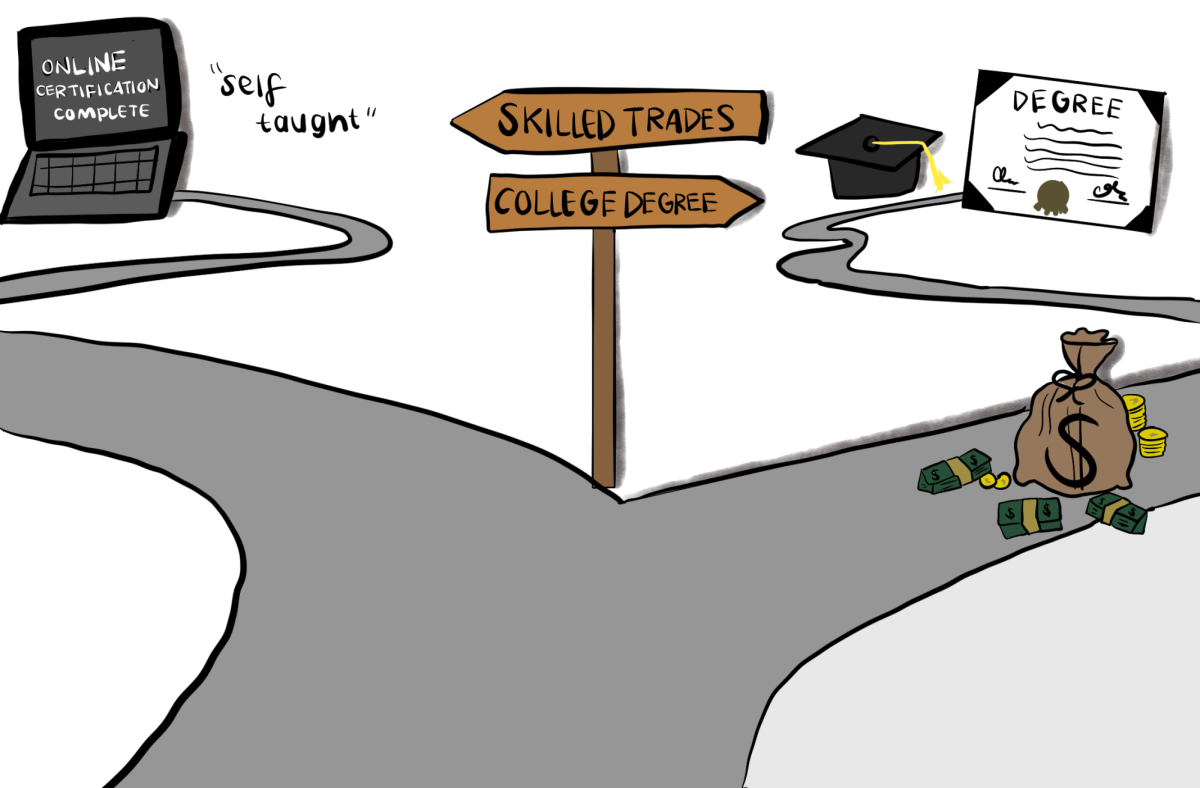In a time when student usage of generative artificial intelligence (AI) chatbots such as ChatGPT is raising concerns about plagiarism and academic integrity, we at The Hoofprint are dedicated to continue providing accurate and unbiased coverage of our campus.
Our approach regarding AI technology is to see how it can add to our publication, rather than banning anything outright. We recognize that just like the shift to digital media with the advent of the internet, the popularization of AI is ushering in a new age in journalism and communications. However, no matter how capable AI is or will become, we maintain that it’s just a tool, something to support but never replace a journalist’s due diligence.
For The Hoofprint, this means that our journalists may use AI for brainstorming and idea-generation purposes, as long as they are still creating the original content that will be published. Since we already use online resources and other publications for inspiration, we see AI as another resource students can turn to if they need ideas. For example, if a student journalist was having trouble coming up with pitches for our weekly story conference, they may ask ChatGPT to compile a list of current events and see if they can find an angle relevant to our campus. AI use is acceptable when it remains as a jumping off point, not an end product.
We will also allow AI as another pair of eyes in the writing and editing process, a tool to evaluate the original content students create themselves. If a staff writer is having trouble with their article, they may run their text through AI to get feedback on their logic, writing style or syntax. Similarly, if an editor is not yet familiar with AP style, they may use AI to help them generate more in-depth edits on their writer’s articles. Murrow, for example, is an ethical AI model developed by the Journalism Learning Initiative that offers suggestions and feedback about students’ writing.
Though these options are available to our journalists, we emphasize that AI should not be anyone’s first choice. Since we are a student newspaper that teaches journalism at the same time as we practice it, we encourage everyone in the organization to engage with the curriculum the best they can. (This does not mean “do everything perfectly on the first try” — asking for help and learning from mistakes are lessons we aim to teach as well.)
We’d also like to emphasize that we are not encouraging the use of AI, and no member of our organization should feel compelled to use it if they don’t want to. We are simply recognizing the rise of AI as an inevitability and outlining potential uses to add to our journalism.
The bottom line is, journalism is about reporting the truth. No matter how intelligent AI is, it can only relay truths already uncovered in the past. AI may be used to make journalists’ lives easier, but it can never replace the deeply human process that is interviewing people and sharing their stories with the world.






